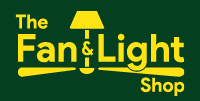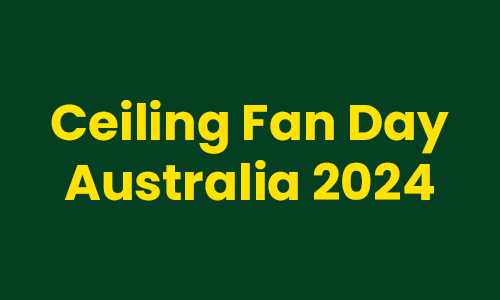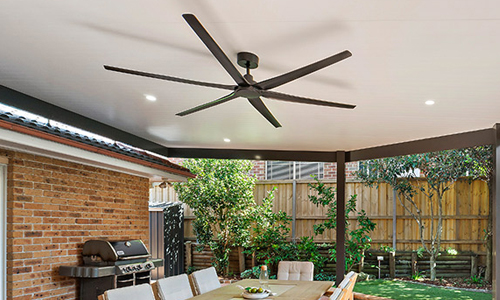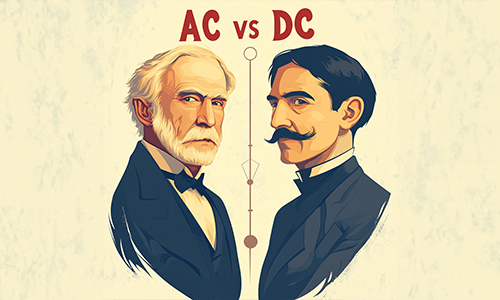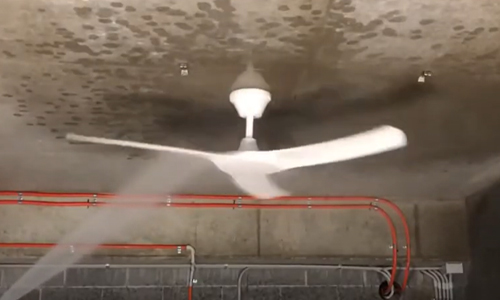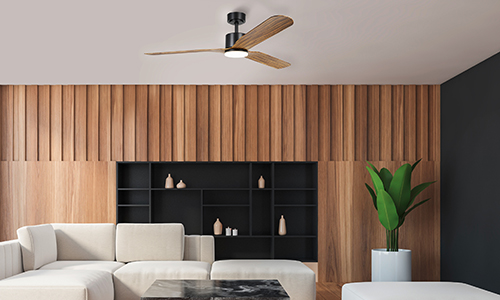High Voltage! AC vs DC vs EC
As the cost of living is increasingly on most people’s minds, investing in energy efficiency is becoming more of a consideration. However, we still want to be cool in summer and warmer in winter, and as such, a much broader range of DC and EC ceiling fans are being introduced to the Australian ceiling fans market. As a general rule, DC ceiling fans use less energy than other ceiling fans – it is worth mentioning however that at present ceiling fans with DC motors cannot be connected directly to a DC power source like solar panels or batteries. This may change in the future, but at present manufacturers do not seem to be planning to provide this facility.
But first, let’s address the terminology:
To make it simple:
AC stands for alternating current, meaning the electrical current can reverse direction. These motors are generally cheaper to purchase but are also somewhat noisier and less efficient than DC (direct current) motors.
DC is a (direct current) motor that can use between 50% to 75% less power than AC. Although the initial cost may be a little more, savings over time often work out in favour of your back pocket.
EC (electronically commutated) motors are a modern solution and could eventually replace both AC and DC, offering the best energy efficiency and precision control.
Now let’s compare DC vs AC vs EC.
AC Ceiling Fans
- For all our concerns about energy bills, AC fans are still more affordable at the initial point of purchase, and even with energy bills on the increase, AC ceiling fans still offer a cost-effective cooling solution for when the weather starts to cook.
- While DC ceiling fans can only be operated by remote (with a few exceptions), AC ceiling fans have multiple control options including wall switches, pull cords, and remotes. Remotes can be broken or lost and require (and can run out of) batteries. In some instances, however, a DC ceiling fan wall control may come with an additional cost.
- AC ceiling fans, though less energy efficient than DC ceiling fans are still relatively cheap to run. For example, a standard model will use 60 -100W on a higher speed setting. Most AC ceiling fans operate at an average of 60-70W.
- A good example of an AC ceiling fan is the Waikiki 52" Ceiling Fan by Eglo.
DC Ceiling Fans
- In general, DC ceiling fans use less energy than AC ceiling fans. With some models, it can be up to 70% less.
- Most DC ceiling fans have more speed options, a reverse function, and are a little quicker to start, stop, and change speed in response to the remote. They are also quieter.
- If you’re a household aiming to reduce your environmental footprint and energy bills, DC ceiling Fans are the way to go.
- Most DC ceiling fans come with a remote, however, some newer models have even more control options including wall controls and smart home controls. Some models offer all three.
- DC ceiling fans have a more compact motor design, and therefore most models lean into a sleeker and more contemporary look.
- A good example of a DC ceiling fan is the Evolve 48", 52' or 60" Ceiling Fan by Hunter Pacific.
EC Ceiling Fans
- EC ceiling fans are a further improvement on DC ceiling fans providing even more energy and overall efficiency.
- Some models start rotating faster and smoother than DC ceiling fans with little to no startup jitter.
- Relating to EC motors: to comply with updated and recently introduced building regulations, NCC2022 for example, many ventilation systems that are continuously run are incorporating EC motors. These motors need to run 24/7 and have thus been designed to draw very little power and not degrade performance due to consistent use.
- A good example of an EC ceiling fan is the Spyda 50" or 56" Ceiling Fan by Ventair.
There are benefits to DC ceiling fans, AC ceiling fans, and EC ceiling fans – like most things, it will come down to your personal preference and style, the aesthetic of your home office or workplace, budget, and function needs. The great news is we have an entire team of dedicated experts to help you make the right choice to best suit your requirements.
Visit us at The Fan & Light Shop, Adelaide’s premier lighting and fan retailer, at our flagship store at Mile End, give us a call, or shop online here with free Australia-wide delivery.
